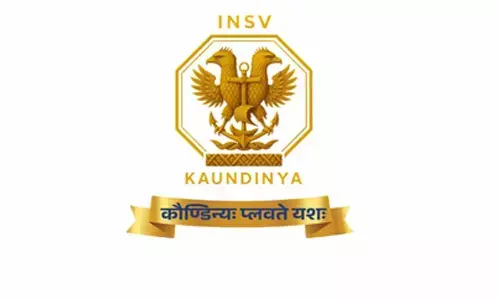Revisiting approaches to workplace conflict for a new era of productivity

Representational image
Approaches based on empathy, compassion and conversation instead of a regime oriented to just get tasks done can go a long way in dealing with conflict at workplace
"Together, we form a necessary paradox; not a senseless contradiction."
– Criss Jami
Conflict is an unavoidable and inevitable reality, owing to the contrasting interests, oppositional identities and diverse worldviews of the people who come together to animate this world. It is considerably objective to therefore, say that more than elimination, conflicts merit management. and it is safe to say that the modern workplace demands the same with urgency. With unprecedented circumstances, increased competition and extraordinary expectations, it has become a domain extremely prone to chaos, disagreement, miscommunication and consequently, antagonisms and disruptions. While conflict management has been amply spoken about, if the contexts driving the conflicts are new, then, perhaps the ways to deal with them also have to get creative and reinvent themselves.
To start with, all conflicts are not the same. While traditional approaches talk about conflict dissolution broadly, through strategies such as better communication and mediation, it is time to get specific about the problem-solving roadmap. Conflicts have to be distinguished in terms of their nature and while a number of classifications can apply, theorists such as Borisoff and Victor have classified workplace conflicts as situational, interactive and functional. Categorisations like these are necessary to understand the conflict better and then find a way out of discord. For example, if it is a situational conflict, pertains only to a specific task involving misdelivery of documents, a broad-based approach to ensure better communication between employees will not help but a particular approach to fix the delivery channel and undo the harm will. Similarly, mediation and rapport-building will be crucial in an interactive conflict. Thus, the first step of dealing with conflict is to categorize it, understand its specificities and then come up with a solution.
The other aspect to dealing with trouble in an organisational setting is looking at the emotional well-being of employees. What the Covid-19 work regimes shed light on and brought to the fore was the tremendous emotional cost of working under duress, something which has direct correlation to the mental health of individuals. As Mike Myatt writes in a Forbes article, "Case in point –have you ever witnessed an employee throw a fit of rage and draw the regrettable line in the sand in the heat of the moment? If you have, what you really watched was a person indulging their emotions rather than protecting their future." Even as the workplace demands us to work as pure professionals, we are human beings who cannot be reduced to a mechanistic existence and therefore, any conflict management strategy cannot discount the emotional quotient of the people concerned. Therefore, approaches based on empathy, compassion and conversation instead of a regime oriented to just get tasks done can go a long way in appealing to the emotional sides of people at a work setting and preventing and dealing with conflict.
Finally, as an administrator, the most innovative way to mitigate conflicts and preferably, nip them in the bud is to establish a culture where conflict seems irrelevant and unnecessary. On one level, this can be done through continuously emphasizing what Myatt, in the aforementioned article, refers to as the 'WIIFM (What's In It For Me) Factor' ie making employees understand how working without disruptions is beneficial for them, something which can make them adapt in difficult situations and avoid unpleasant episodes themselves. The other way is to have adequate mechanisms for grievance redressals within the organisation itself, where the channels to authority are so open that most disagreements are seen as resolvable with guidance, without them having to turn into disastrous instances. These cultural and structural transformations can be interminably effective in dealing with imbalances and build enough resilience for the organization to fix problems organically and swiftly without spectacular interventions.
On the whole, conflict management in the current age requires us to do away with jaded and broad ideas of dealing with unrest. Instead, vigilantly identifying the kinds of conflicts which occur, creatively engendering an environment where they are prevented and issues are addressed can be extraordinary measures. In short, conflict management for an organization has to be an immunity booster, something which strengthens the company to buoyantly resolve problems and keep that pace up in the longer run. This is necessary to usher in an era of superlative collaboration that propels productivity to soaring heights.
(The author is Chief Impact Officer at Recykal Foundation)













